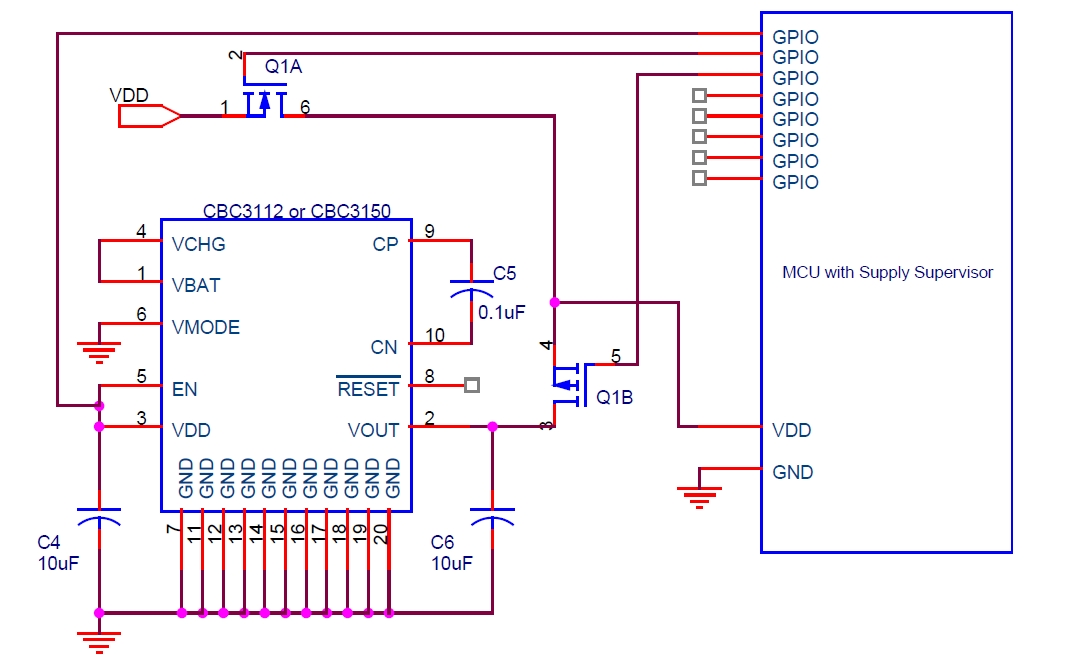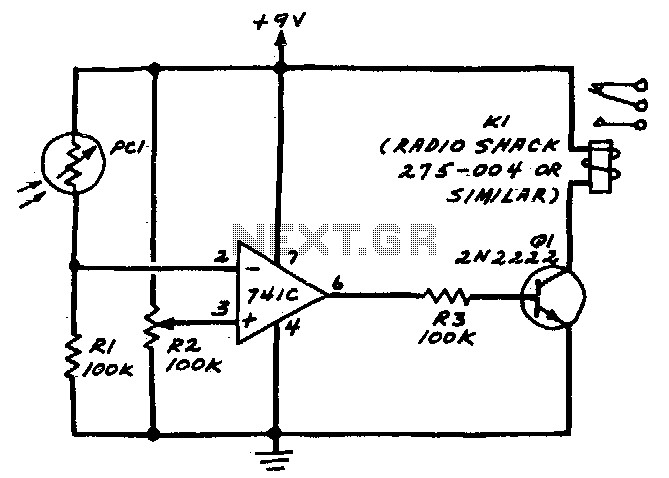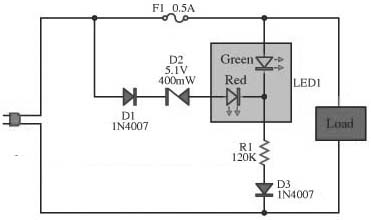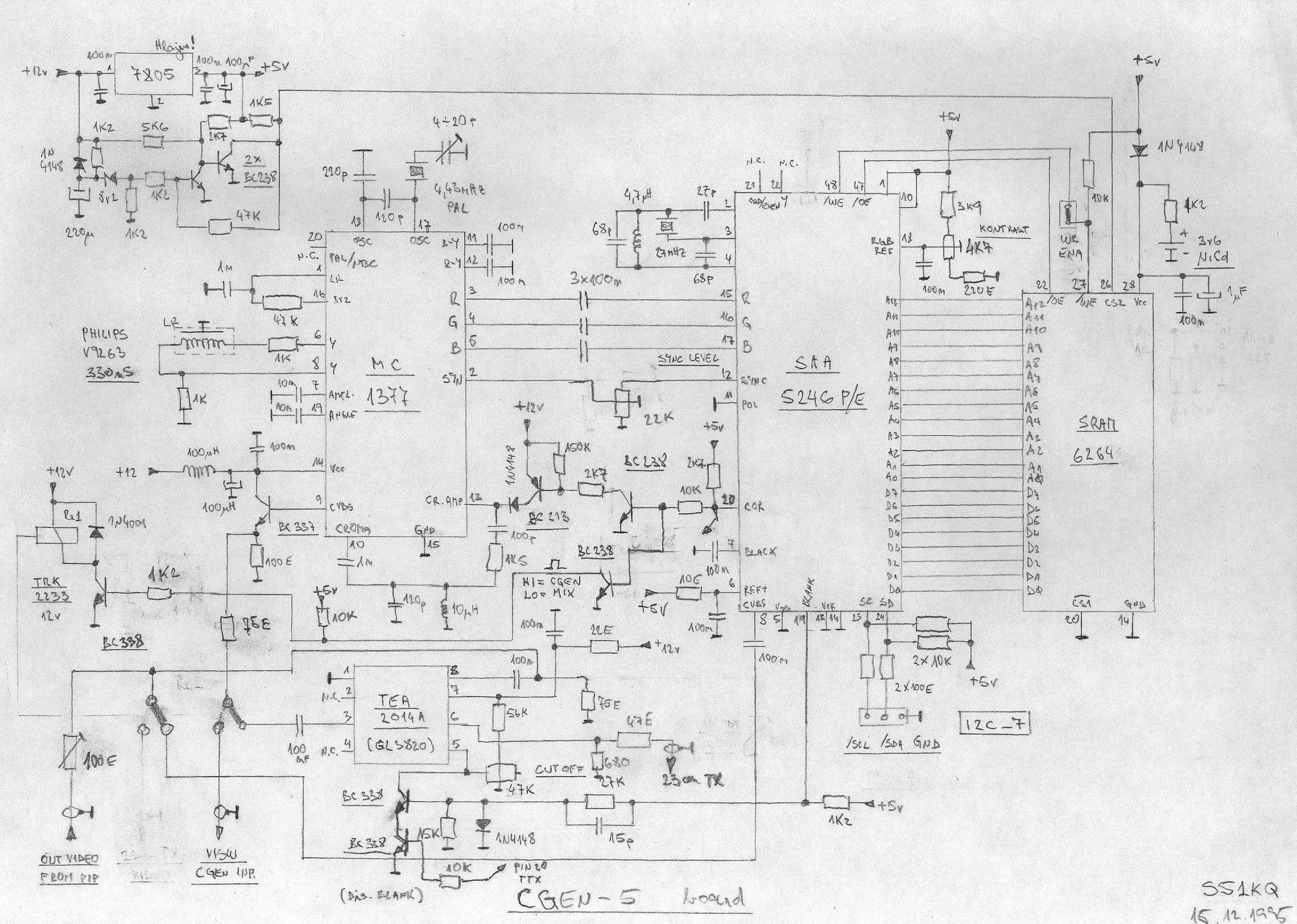
automatic room light controller with
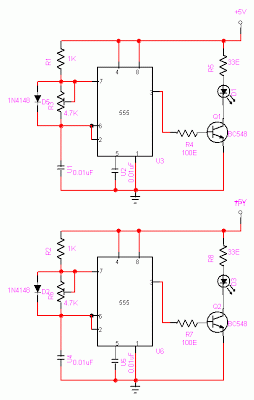
The objective of this project is to create a controller-based model that counts the number of individuals entering a specific room and activates the lighting accordingly. A sensor will be utilized to determine the current number of persons present. In contemporary society, there is an increasing demand for automated appliances, driven by a rising standard of living and a desire to simplify daily life. The infrared (IR) transmitter emits a modulated 38 kHz IR signal, while the receiver employs a TSOP1738 infrared sensor. The output from the sensor transitions to a high state when an interruption occurs, and it returns to a low state after a time period defined by a capacitor and resistor in the circuit, approximately one second. The CL100 component triggers the IC555, which is configured as a monostable multivibrator. Input is provided to Port 1 of the microcontroller, while Port 0 is designated for the 7-segment display. Port 2 is responsible for controlling the relay to turn the light on and off. The LTS 542 (common anode) is utilized for the 7-segment display. When the relay receives voltage, it activates, illuminating the room. When the counter reaches zero, the relay is deactivated. A reset button is included to reset the microcontroller. This circuit diagram illustrates how a 555 timer IC is configured to operate as a basic monostable multivibrator, which is a timing circuit that changes state upon triggering and returns to its original state after a predetermined delay. This configuration is known as a "one-shot." In this arrangement, a negative pulse applied to pin 2 triggers an internal flip-flop that deactivates pin 7's discharge transistor, allowing capacitor C1 to charge through resistor R1. Simultaneously, the flip-flop raises the output (pin 3) to a high level. Once capacitor C1 charges to approximately two-thirds of Vcc, the flip-flop is activated again, causing the output at pin 3 to drop low and turning on pin 7's discharge transistor, which discharges C1 to ground. Consequently, this circuit generates a pulse at pin 3 whose duration t is the product of R1 and C1, expressed as t = R1C1. The IR transmission circuit is designed to produce a modulated 36 kHz IR signal, with the IC555 on the transmitter side generating a 36 kHz square wave. Adjusting the preset in the transmitter allows for the output to reach a 38 kHz signal, typically around 1.4K, which can be directed towards the sensor to produce a low output when the 38 kHz IR signal is detected.
This circuit serves as a practical solution for automating room lighting based on occupancy, utilizing a combination of infrared sensing technology and microcontroller programming. The IR transmitter continuously emits a modulated signal, which the TSOP1738 sensor detects. When a person enters the room, the interruption in the IR signal triggers the microcontroller to increment the count of individuals present. The display provides a visual representation of the count, allowing for easy monitoring. The relay control mechanism ensures that the lighting operates only when necessary, contributing to energy efficiency. The monostable multivibrator configuration within the IC555 allows for precise timing control, ensuring that the system remains responsive to changes in occupancy while maintaining a defined delay for stability. The reset functionality enables the system to be cleared and restarted as needed, enhancing usability and flexibility in various environments. Overall, this project exemplifies the integration of simple electronic components into a cohesive system that addresses everyday needs through automation.The objective of this project is to make a controller based model to count number of persons visiting particular room and accordingly light up the room. Here we can use sensor and can know present number of persons. In today`s world, there is a continuous need for automatic appliances with the increase in standard of living, there is a sense of ur
gency for developing circuits that would ease the complexity of life. The IR transmitter will emit modulated 38 kHz IR signal and at the receiver we use TSOP1738 (Infrared Sensor). The output goes high when the there is an interruption and it return back to low after the time period determined by the capacitor and resistor in the circuit.
I. e. around 1 second. CL100 is to trigger the IC555 which is configured as monostable multivibrator. Input is given to the Port 1 of the microcontroller. Port 0 is used for the 7-Segment display purpose. Port 2 is used for the Relay Turn On and Turn off Purpose. LTS 542 (Common Anode) is used for 7-Segment display. And that time Relay will get Voltage and triggered so light will get voltage and it will turn on. And when counter will be 00 that time Relay will be turned off. Reset button will reset the microcontroller. Microcontroller based Visitor Counter. This circuit diagram shows how a 555 timer IC is configured to function as a basic monostable multivibrator. A monostable multivibrator is a timing circuit that changes state once triggered, but returns to its original state after a certain time delay.
It got its name from the fact that only one of its output states is stable. It is also known as a `one-shot`. In this circuit, a negative pulse applied at pin 2 triggers an internal flip-flop that turns off pin 7`s discharge transistor, allowing C1 to charge up through R1. At the same time, the flip-flop brings the output (pin 3) level to `high`. When capacitor C1 as charged up to about 2/3 Vcc, the flip-flop is triggered once again, this time making the pin 3 output `low` and turning on pin 7`s discharge transistor, which discharges C1 to ground.
This circuit, in effect, produces a pulse at pin 3 whose width t is just the product of R1 and C1, i. e. , t=R1C1. IR Transmission circuit is used to generate the modulated 36 kHz IR signal. The IC555 in the transmitter side is to generate 36 kHz square wave. Adjust the preset in the transmitter to get a 38 kHz signal at the o/p. around 1. 4K we get a 38 kHz signal. Then you point it over the sensor and its o/p will go low when it senses the IR signal of 38 kHz. 🔗 External reference
This circuit serves as a practical solution for automating room lighting based on occupancy, utilizing a combination of infrared sensing technology and microcontroller programming. The IR transmitter continuously emits a modulated signal, which the TSOP1738 sensor detects. When a person enters the room, the interruption in the IR signal triggers the microcontroller to increment the count of individuals present. The display provides a visual representation of the count, allowing for easy monitoring. The relay control mechanism ensures that the lighting operates only when necessary, contributing to energy efficiency. The monostable multivibrator configuration within the IC555 allows for precise timing control, ensuring that the system remains responsive to changes in occupancy while maintaining a defined delay for stability. The reset functionality enables the system to be cleared and restarted as needed, enhancing usability and flexibility in various environments. Overall, this project exemplifies the integration of simple electronic components into a cohesive system that addresses everyday needs through automation.The objective of this project is to make a controller based model to count number of persons visiting particular room and accordingly light up the room. Here we can use sensor and can know present number of persons. In today`s world, there is a continuous need for automatic appliances with the increase in standard of living, there is a sense of ur
gency for developing circuits that would ease the complexity of life. The IR transmitter will emit modulated 38 kHz IR signal and at the receiver we use TSOP1738 (Infrared Sensor). The output goes high when the there is an interruption and it return back to low after the time period determined by the capacitor and resistor in the circuit.
I. e. around 1 second. CL100 is to trigger the IC555 which is configured as monostable multivibrator. Input is given to the Port 1 of the microcontroller. Port 0 is used for the 7-Segment display purpose. Port 2 is used for the Relay Turn On and Turn off Purpose. LTS 542 (Common Anode) is used for 7-Segment display. And that time Relay will get Voltage and triggered so light will get voltage and it will turn on. And when counter will be 00 that time Relay will be turned off. Reset button will reset the microcontroller. Microcontroller based Visitor Counter. This circuit diagram shows how a 555 timer IC is configured to function as a basic monostable multivibrator. A monostable multivibrator is a timing circuit that changes state once triggered, but returns to its original state after a certain time delay.
It got its name from the fact that only one of its output states is stable. It is also known as a `one-shot`. In this circuit, a negative pulse applied at pin 2 triggers an internal flip-flop that turns off pin 7`s discharge transistor, allowing C1 to charge up through R1. At the same time, the flip-flop brings the output (pin 3) level to `high`. When capacitor C1 as charged up to about 2/3 Vcc, the flip-flop is triggered once again, this time making the pin 3 output `low` and turning on pin 7`s discharge transistor, which discharges C1 to ground.
This circuit, in effect, produces a pulse at pin 3 whose width t is just the product of R1 and C1, i. e. , t=R1C1. IR Transmission circuit is used to generate the modulated 36 kHz IR signal. The IC555 in the transmitter side is to generate 36 kHz square wave. Adjust the preset in the transmitter to get a 38 kHz signal at the o/p. around 1. 4K we get a 38 kHz signal. Then you point it over the sensor and its o/p will go low when it senses the IR signal of 38 kHz. 🔗 External reference
